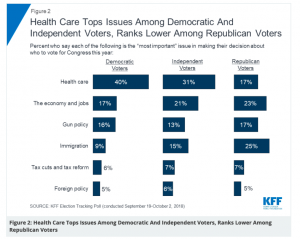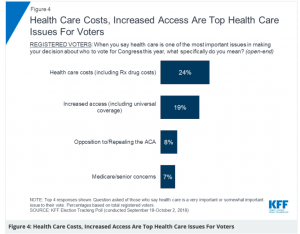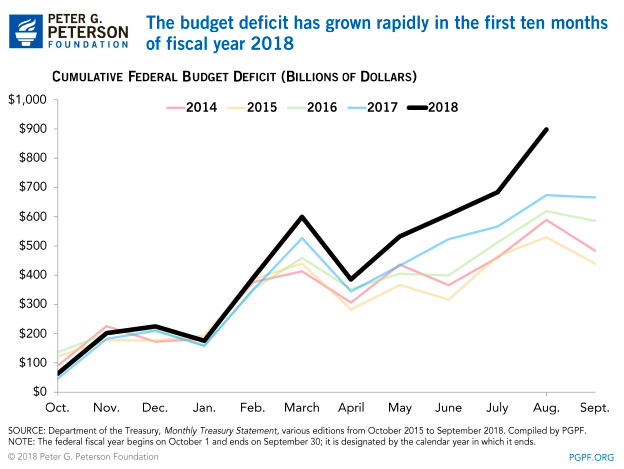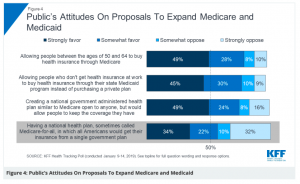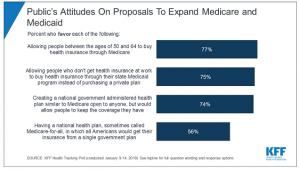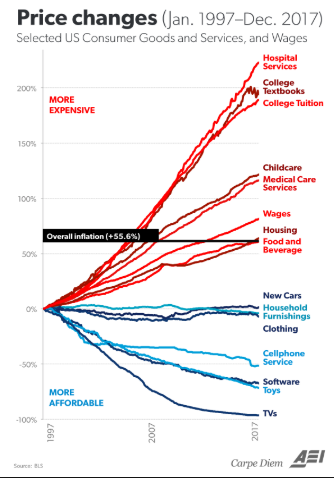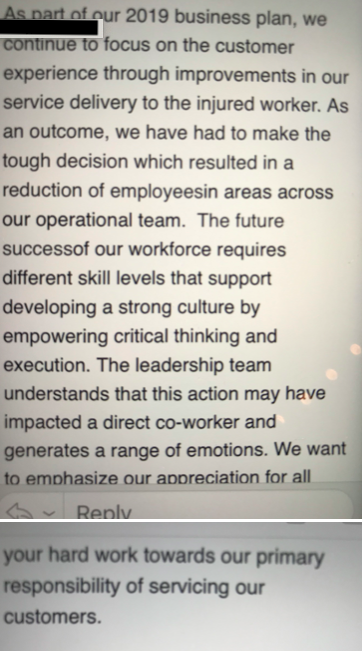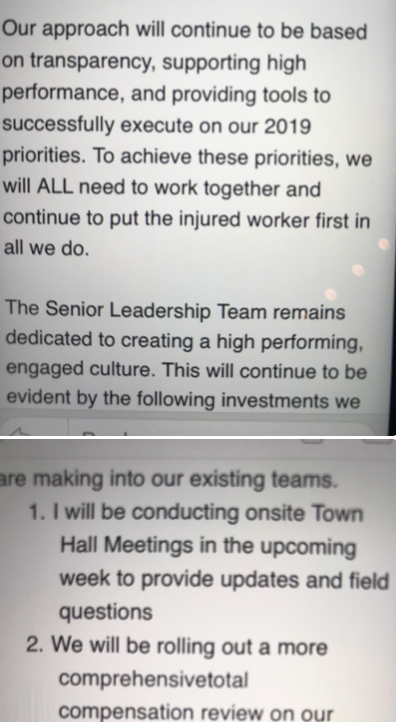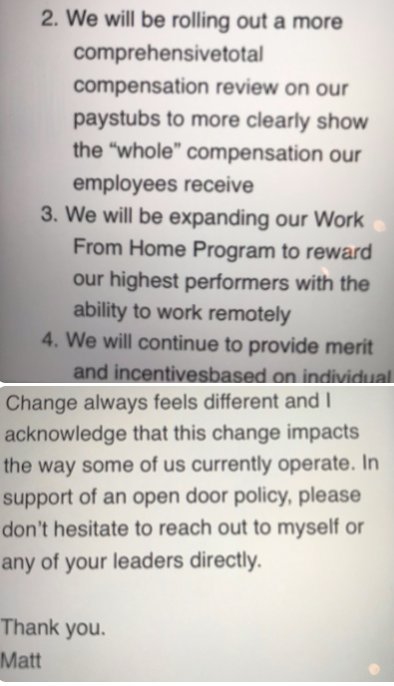Over the last two + weeks I’ve had a dozen or so calls with investors asking about the workers’ comp space. Mostly this seems driven by the OneCall debt issuance and financial situation, but the conversations all started with a high-level view of what’s happening in work comp.
To save you investors money and me time, here’s my view from 30,000 feet.
Work comp is shrinking
Fewer workers are getting injured. Premiums continue to decline. The injury rate is declining. Folks, we are in a shrinking business, and that isn’t going to change. If anything, when the next economic downturn hits, comp is going to get hit harder.
That means fewer medical services, fewer scripts, fewer first notices of injury, fewer claims.

Pharmacy is leading the shrinkage
Several new “work comp” PBM start-ups have emerged over the last couple of years, most of them talking “transparency” and better customer service for smaller payers. Over the last 7 years, PBMs have done a pretty good job shrinking their top lines as they work with payers to reduce unnecessary opioid use and compete on price. Yes, there is money to be made here, but size and service matter – a lot. (more on this in a month or so when we do the next Survey of PBM in WC).
Why these folks are investing start-up funds in a business that has been declining by near-double-digits for several years is a puzzle indeed.
Big caveat – Coventry First Script won the Department of Labor PBM contract, which may well be the largest WC PBM deal awarded to date. Hats off to the Coventry folks who made that happen.
The big keep getting bigger
And that’s going to continue. In a mature/declining business, the only way most companies can grow is to acquire other businesses, then reduce expenses. This works even better when the businesses you acquire can replace external vendors you were using before – so you can count their revenue as top line and margin as profit. This is what Mitchell/Genex is doing with Priority Care Solutions.
Big caveat #2 – MedRisk continues to do quite well – proving that doing one thing really really well is the strategy that always works, everywhere. Of course, it’s also the hardest to get right and sustain. (MedRisk is a consulting client)
TPAs are one of the few niches that are “structurally growing”
Sorry about that terminology – but I couldn’t think of any other way to characterize the growth that TPAs are enjoying as insurers continue to outsource claims services to the industry. As premiums decline, insurers have fewer dollars to invest in people, technology, buildings, etc – so buying claims services on a variable cost basis looks a lot less risky than building/fixing/developing your own stuff internally.
And this will continue.
Yet, every work comp insurer I have spoken with is going to grow.
Which is NOT going to happen. The question is, will this quest for growth turn into a “how far over the stupid line will we jump before we figure out we’re screwed” contest.

Some will win, some will lose – and some are born to sing the blues (kudos to you if you know the band that sang these lines...) Those that are embarking on a quest up to the edge of the line may want to research Reliance Standard, Golden Eagle, Atlantic Mutual, and Kemper.
Jeez I’m getting old.
What does this mean for you?
If you’re an investor you’ve just saved a lot of money and time.

